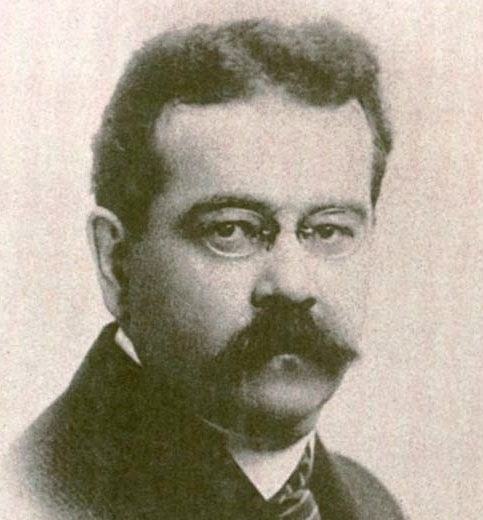At first, site supervisor and archaeologist Melinda King Wetzel thought she was looking at a fetus from the time of the Egyptian pharaohs.
But when she showed the grave to the bioarchaeological director of the site, Gretchen Dabbs, the discovery turned out to be even rarer in nature.
Along with another site supervisor, Anna Stevens, Wetzel and Dabbs claim to have found the oldest evidence of a mature ovarian teratoma, or germ cell tumor.
…
Teratomas are rare types of germ cell tumors that are usually benign, although they can come with symptoms such as abdominal pain or infertility.
They are very rarely found in archaeology. In fact, this is only the fifth case of its kind to be uncovered by archaeologists and the only one from Egypt.
Tumors are creepy. Part of your body just decides ‘I think I’ll build this here.’
deleted by creator
I assumed it was going to be a teratoma from the title. Those things are gnarly.
Yes, I’ve seen a few documentaries on them and have a few books on medical oddities, so I knew what it’d be. Somehow it appearing out of a mummy makes it extra creepy.
I dunno, I find it strangely comforting to know it seems to be a fluke of nature rather than something we’d done to ourselves through pollution or whatnot.
So the movie Teeth could actually happen?
Isn’t that a documentary?



